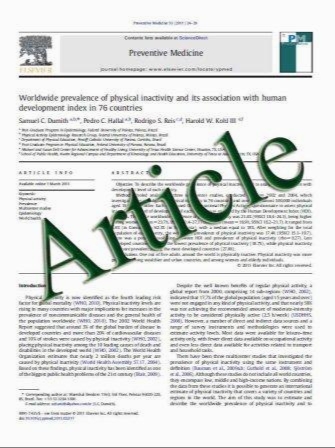Anatomical variation of the vertebral artery clinically mimicking myasthenia gravis
- نوع فایل : کتاب
- زبان : انگلیسی
- مؤلف : Maria Ejma • Magdalena Koszewicz • Ryszard Podemski • Katarzyna Marianska • Slawomir Budrewicz • Tomasz Turek
- چاپ و سال / کشور: 2011
Description
Cranial nerve palsy, most commonly trigeminal, abducens, or facial, caused by compression of an ectatic or elongated intracranial artery is a well-known phenomenon. Symptoms of brain stem compression by an abnormal artery have rarely been reported (Tomasello et al. Neurosurgery 56(suppl 1):117–124, 2005). The authors present a 59-year-old woman with intermittent ptosis of the right eye, diplopia and swallowing disturbances, enhanced after physical effort, implying myasthenia gravis. Typical diagnostic procedures, e.g. repetitive nerve stimulation tests, acetylcholine receptor antibodies level were within normal limit. Neurogenic changes from the orbicularis oculi muscle were found in EMG. MRI and angio-CT revealed anatomical variation of the vertebral artery (elongated and arcuate route), causing intermittent signs of brain stem lesion. We point out the similarity of the clinical symptoms of myasthenia gravis and vascular brain stem compression by abnormal vertebral artery. The two diseases require completely different therapeutic proceedings.
Neurol Sci (2011) 32:715–717 DOI 10.1007/s10072-011-0594-4 Received: 14 July 2010 / Accepted: 15 April 2011 / Published online: 5 May 2011


